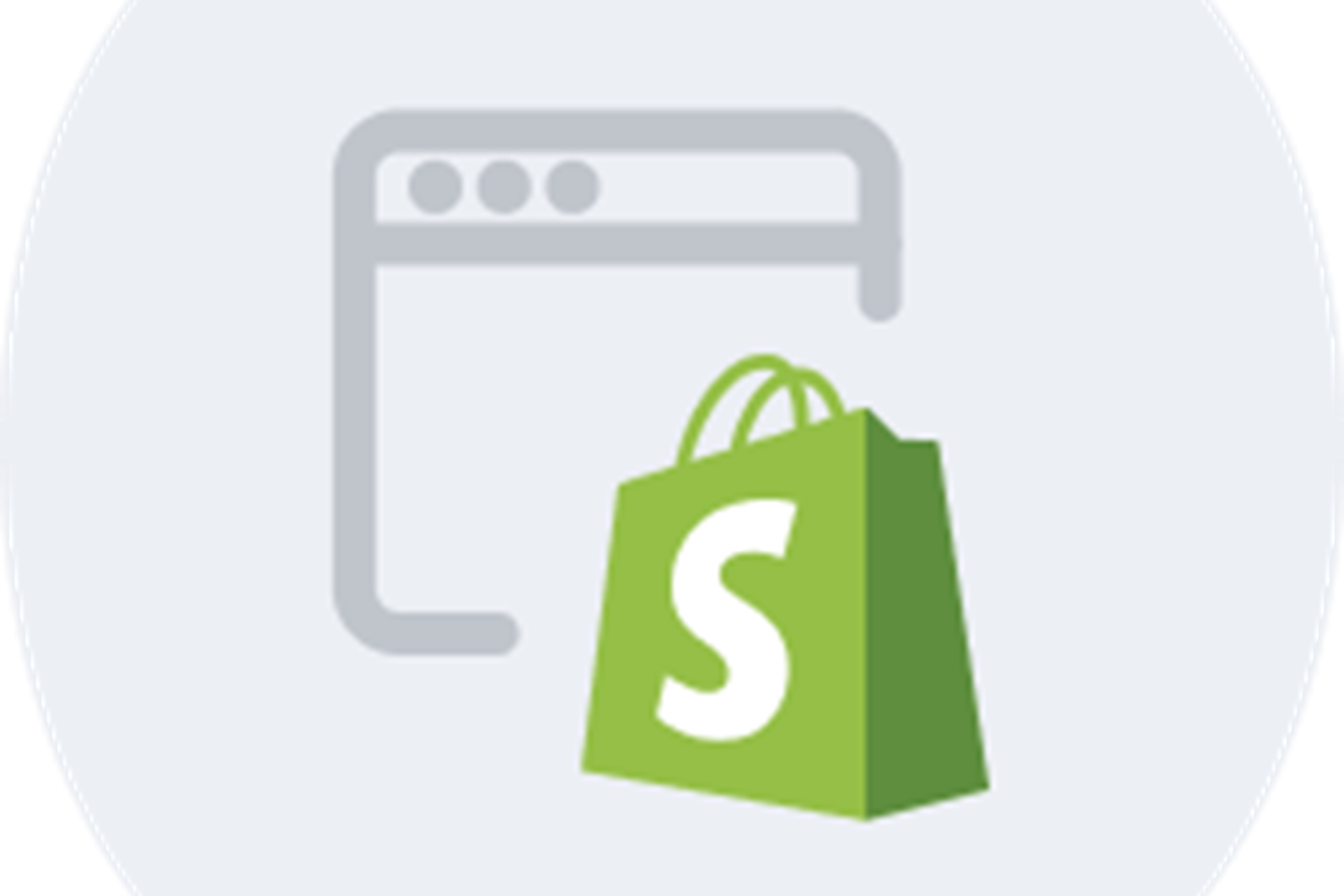When it comes to choosing an ecommerce platform, Shopify and Webflow are two popular options. While both have their strengths, Shopify has several advantages over Webflow. Here are some of the pros of using Shopify:
1. Ease of Use: Shopify is designed to be user-friendly, which makes it easy for anyone to set up an online store. It has a simple interface that allows you to add products, create pages, and manage your store without any technical knowledge.
2. Built-in Features: Shopify comes with a range of built-in features that make it easy to manage your online store. It has a powerful inventory management system, product pages, and checkout process, which can save you time and money.
3. App Marketplace: Shopify has a vast app marketplace that includes over 4,000 apps. These apps can be used to add new features to your store, improve your marketing efforts, and streamline your operations.
4. Customer Support: Shopify offers 24/7 customer support via phone, email, and live chat. This means you can get help whenever you need it, which is especially important if you're new to ecommerce.
5. Payment Processing: Shopify offers a built-in payment processing system, which makes it easy to accept payments from customers. It supports a range of payment options, including credit cards, PayPal, and Apple Pay.
Overall, Shopify is a reliable ecommerce platform that makes it easy to set up and manage an online store. While Webflow has its strengths, Shopify is the better choice for most businesses.
Still not sure, here are some of drawbacks of using webflow
1. Limited Ecommerce Functionality: While Webflow does offer ecommerce functionality, it is limited compared to other platforms like Shopify. This means that if you're looking to build a large-scale ecommerce store, Webflow may not be the best choice.
2. Limited Integrations: Webflow has a limited number of integrations compared to other website builders. This can make it difficult to connect your website to other tools and services that you may need.
3. Steep Learning Curve: While Webflow is designed to be user-friendly, it still has a steep learning curve. This means that it may take some time to get used to the platform and figure out how to use all of its features.
4. Limited SEO Capabilities: Webflow's SEO capabilities are limited compared to other website builders. This means that it may be more difficult to optimize your website for search engines and improve your search rankings.
5. Limited Support: Webflow offers support via email and forums, but there is no phone or live chat support available. This means that it may take longer to get help if you run into any issues.
Overall, Webflow is a great choice for building simple websites, but it may not be the best choice for larger websites or ecommerce stores. The limited integrations, SEO capabilities, and support can make it more difficult to scale your website and grow your business.
